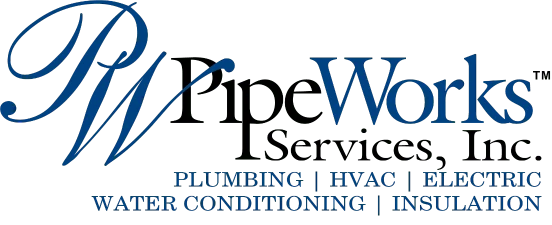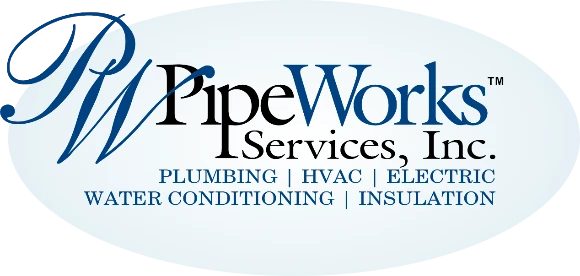How does expert spray foam insulation installation stand up to rigid foam insulation?
 Traditionally, fiberglass batt insulation has been the go-to method of insulating attics, walls, and more. However, today’s homeowners, contractors, and building scientists (the experts who study home energy performance) spend a lot of time talking about foam insulation.
Traditionally, fiberglass batt insulation has been the go-to method of insulating attics, walls, and more. However, today’s homeowners, contractors, and building scientists (the experts who study home energy performance) spend a lot of time talking about foam insulation.
This newly popular insulation can come in many forms. Right now, let’s consider the differences between spray foam and rigid foam. More specifically, we can compare the closed-cell spray foam that requires two components to be mixed at the application nozzle, and the rigid foam insulation boards that come in different thicknesses.
Both two-component spray foam and rigid foam are useful for improving home energy performance. Sometimes it can be difficult to decide whether spray foam or rigid foam is best for a particular application.
Find out which insulation is right for your home
Insulation is essential for energy efficiency, and nobody knows insulation better than Pipe Works Services Call or email today to arrange for an estimate for home insulation in Chatham, Madison, Summit, Union, Short Hills, Basking Ridge, Florham Park, Millburn, Clifton, Somerset, and Northern and Central New Jersey.
The pros and cons of spray foam and rigid foam insulation
Two-Component Spray Foam

Pros:
- Provides both insulation and air sealing; air sealing is excellent because the foam expands to fill gaps and cracks.
- High R-value —about R-7 per in. depending on the formulation.
- Speedy installation. Foaming can be done in a fraction of the time it takes to cut, fit, and seal rigid board insulation.
- Once cured, spray foam insulation stays in place; it won’t shift, settle, or fall out of place.
Rigid Foam Insulation

Pros:
- Provides both insulation and air sealing, provided that seams between foam panels are sealed with tape.
- Less messy than spray foam.
- Different thicknesses are available to suit different applications & R-value requirements.
- Panels are easy to cut and can be installed at any temperature.
- Safe handling; no harmful emissions during installation.
- Best installation for insulating crawl space and basement walls.
- Some rigid foam panels (like SilverGlo™, for example) include a radiant barrier for additional energy savings.
Cons:
- Messy; overspray can deposit foam where it must be removed.
- Respirators and protective clothing must be worn during installation.
- If the area being insulated cannot be isolated from living space, occupants must vacate premises until foam cures – typically two hours.
- Temperature sensitive; cold temperatures can cause problems with foaming action or curing.
- R-value can degrade slightly over time.
Cons:
- R-value varies based on type of rigid foam. It can be as low as R-3.8 per in. or as high as R-8 per in.
- More time-consuming installation than spray foam in some (but not all) applications.
- Sometimes single-component spray foam must be applied around the edges of rigid foam to seal and hold the panel in place.
Two-Component Spray Foam

Pros:
- Provides both insulation and air sealing; air sealing is excellent because the foam expands to fill gaps and cracks.
- High R-value —about R-7 per in. depending on the formulation.
- Speedy installation. Foaming can be done in a fraction of the time it takes to cut, fit, and seal rigid board insulation.
- Once cured, spray foam insulation stays in place; it won’t shift, settle, or fall out of place.
Rigid Foam Insulation

Pros:
- Provides both insulation and air sealing, provided that seams between foam panels are sealed with tape.
- Less messy than spray foam.
- Different thicknesses are available to suit different applications & R-value requirements.
- Panels are easy to cut and can be installed at any temperature.
- Safe handling; no harmful emissions during installation.
- Best installation for insulating crawl space and basement walls.
- Some rigid foam panels (like SilverGlo™, for example) include a radiant barrier for additional energy savings.
Cons:
- Messy; overspray can deposit foam where it must be removed.
- Respirators and protective clothing must be worn during installation.
- If the area being insulated cannot be isolated from living space, occupants must vacate premises until foam cures – typically two hours.
- Temperature sensitive; cold temperatures can cause problems with foaming action or curing.
- R-value can degrade slightly over time.
Cons:
- R-value varies based on type of rigid foam. It can be as low as R-3.8 per in. or as high as R-8 per in.
- More time-consuming installation than spray foam in some (but not all) applications.
- Sometimes single-component spray foam must be applied around the edges of rigid foam to seal and hold the panel in place.
Start saving energy and money with an insulation upgrade
Call (973) 657-5771 or contact us online to schedule an estimate for spray foam insulation in Summit, Madison, Chatham, Short Hills, Union, Florham Park, Basking Ridge, Clifton, Somerset, Millburn, and Northern and Central NJ.



